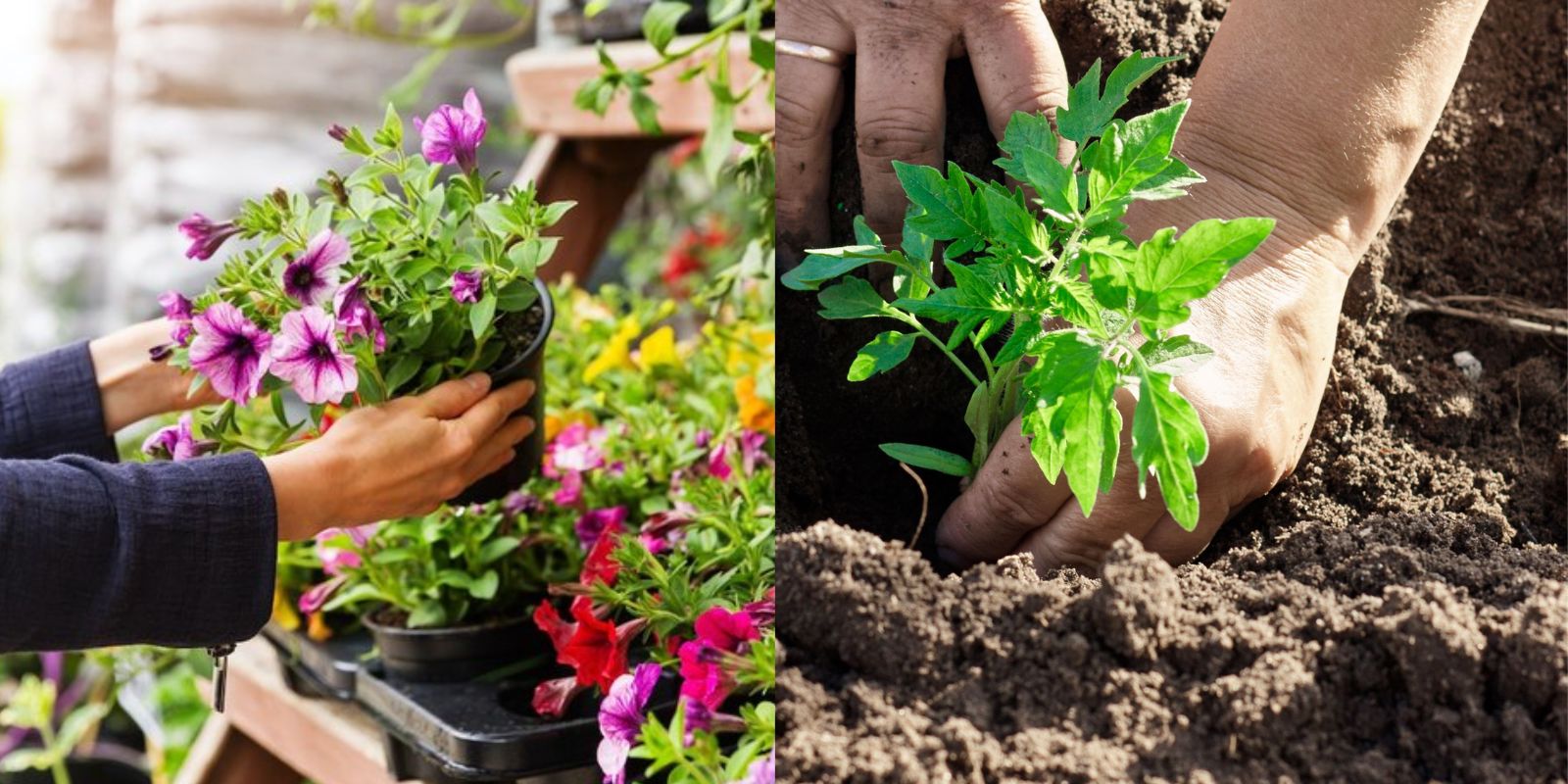Creating a beautiful and vibrant flower bed is a dream for many gardeners, but it can often seem like a daunting task. However, with a few key strategies and insider tips, you can transform your garden into a stunning display of blooms. In this article, we’ll reveal the best-kept secrets for achieving stunning flower beds that will impress anyone who sees them.
1. Soil Preparation: The Foundation of Success
Why It Matters:
The health of your flower bed starts with the soil. Good soil provides essential nutrients, proper drainage, and support for plant roots. Without it, even the best plants will struggle.
Steps to Follow:
- Test Your Soil: Before planting, test your soil to determine its pH and nutrient levels. This will help you understand what amendments are needed.
- Add Organic Matter: Incorporate compost, well-rotted manure, or other organic materials into the soil. This improves soil structure, enhances fertility, and promotes better drainage.
- Ensure Proper Drainage: If your soil is heavy and clay-like, amend it with sand or organic matter to improve drainage and prevent waterlogging.
Benefits:
Well-prepared soil supports healthy root development, which leads to stronger, more resilient plants. It also helps retain moisture and provides a steady supply of nutrients, resulting in vibrant, long-lasting blooms.
2. Choosing the Right Plants: Tailoring to Your Garden
Why It Matters:
Selecting plants that are suited to your climate, soil type, and sun exposure is crucial for a successful flower bed. Plants that thrive in their environment are more likely to produce stunning blooms and require less maintenance.
Steps to Follow:
- Know Your Zone: Understand your USDA hardiness zone to choose plants that can survive the local climate.
- Consider Light Requirements: Choose plants based on the amount of sunlight your garden receives, whether full sun, partial shade, or full shade.
- Match Soil Needs: Select plants that are compatible with your soil’s texture and pH level.
Benefits:
Choosing the right plants ensures that they will grow vigorously and bloom profusely. It also reduces the need for extra care and adjustments, making gardening more enjoyable.
3. Proper Spacing: Giving Plants Room to Thrive
Why It Matters:
Adequate spacing between plants allows each one to grow to its full potential without competing for resources. Proper spacing also improves air circulation, which helps prevent diseases and pest problems.
Steps to Follow:
- Follow Plant Labels: Pay attention to the spacing recommendations on plant labels or in planting guides.
- Consider Mature Size: Space plants based on their expected mature size, not just their current size.
- Plan for Growth: Leave enough room for plants to spread out and reach their full size.
Benefits:
Proper spacing leads to healthier plants with better airflow and light exposure. It also helps to avoid overcrowding, which can result in weaker plants and reduced flowering.
4. Regular Deadheading: Encouraging Continuous Blooms
Why It Matters:
Deadheading, or removing spent flowers, encourages many plants to produce more blooms. This process prevents the plant from focusing its energy on seed production and instead directs it toward creating new flowers.
Steps to Follow:
- Remove Dead Flowers: Regularly cut off faded or dead flowers just above the first set of healthy leaves.
- Use Clean Tools: Ensure your pruning tools are clean to prevent spreading diseases.
- Monitor Plants: Keep an eye on your plants and deadhead as needed throughout the blooming season.
Benefits:
Deadheading keeps your flower bed looking fresh and vibrant. It also extends the flowering period and improves the overall appearance of your garden.
5. Consistent Watering: Meeting Plant Needs
Why It Matters:
Consistent watering is essential for healthy plant growth. Flowers need a steady supply of moisture to thrive, but overwatering can be just as harmful as underwatering.
Steps to Follow:
- Water Deeply: Water your plants thoroughly, ensuring that moisture reaches the root zone.
- Monitor Soil Moisture: Check the soil regularly to determine when watering is needed. Avoid watering based on a fixed schedule.
- Use Drip Irrigation: Consider using a drip irrigation system to provide consistent moisture and reduce water waste.
Benefits:
Consistent watering promotes strong root growth and prevents stress-related issues in plants. It helps flowers stay vibrant and bloom longer.
6. Mulching: Enhancing Soil and Plant Health
Why It Matters:
Mulch offers numerous benefits, including moisture retention, weed suppression, and soil temperature regulation. It also adds organic matter to the soil as it decomposes.
Steps to Follow:
- Choose the Right Mulch: Use organic mulches like wood chips, straw, or shredded leaves. Avoid using mulch that may harbor pests or diseases.
- Apply Mulch Evenly: Spread a 2-3 inch layer of mulch around your plants, keeping it a few inches away from the plant stems.
- Replenish as Needed: Add more mulch as it decomposes or is displaced.
Benefits:
Mulching reduces soil erosion, conserves moisture, and suppresses weeds. It also provides a finished look to your flower beds and improves overall garden health.
Conclusion: Bringing It All Together
By incorporating these best-kept secrets into your gardening routine, you can create stunning flower beds that are the envy of your neighborhood. From preparing the soil and choosing the right plants to maintaining proper spacing, deadheading, watering, and mulching, each step plays a crucial role in achieving a vibrant and healthy garden.
Ready to transform your flower beds into a stunning display? Implement these secrets and watch your garden flourish with breathtaking blooms. Share your results and gardening tips with others – let’s create beautiful gardens together! 🌸

